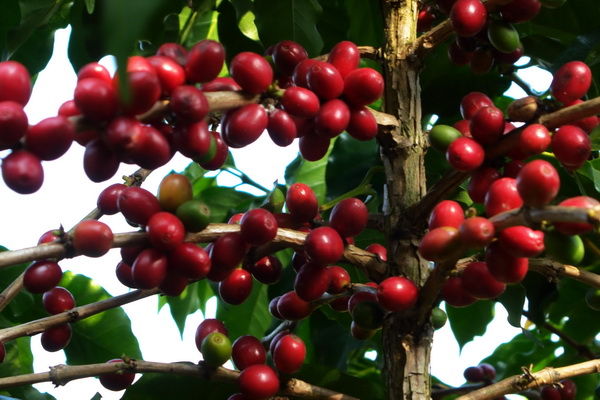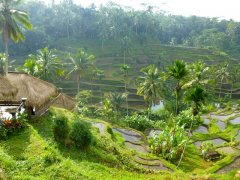The best coffee producing area in Venezuela is the southwestern state of Tazira.
Venezuela
Oil was once considered to be the main export of Venezuela. Although coffee trees were introduced from Martinique in 1730 and Venezuela, coffee production was almost abandoned at the height of the oil industry. Recently, coffee plantations have begun to recover, with the original planting of Tipica and bourbon coffee trees and new plantations laying the foundation for coffee exports. Currently, most Venezuelan coffee is exported to Russia and Colombia, where it is repackaged. Many small newly rebuilt plantations have also begun to export coffee on their own.
The coffee industry is not very prominent among the many industries in the country. The best coffee producing area in Venezuela is the southwestern state of Tachira. But the name Tazira has been indiscriminately used for coffee beans across the country.
The best coffee names in Venezuela are: Montebello (San Crist ó bal de Tachira) in Tazira, Miramar (Rubio) in Rubio de Tachira, Granija (Timothe) in Merida, Ala Granija in Santa Anna de Tachira (Santa Anna de Tachira) in Tazira. Other premium brands include Maracaibos (the name of the coffee export port), Merida, Trujillo (Trujillo), Santa Filomena and Cucuta.
One of the many plantations in Merida at the foot of the Andes belongs to the Pablo and Pulido families, an ancient farm that has been allowed to downsize. Since taking over the farm in the early 1980s, the Pulido family has harvested coffee from existing bourbon coffee trees and planted new trees to expand the farm.
The area around Caracas, once famous for its coffee, has resumed production. Another Jean and Andries from Turgua. Tippica Coffee trees are also planted on the Andres Boulton plantation.
Venezuelan coffee tastes different from other coffee in Latin America. It is delicious, light and less sour than traditional coffee, which makes it not only blended but also distinctive.

Important Notice :
前街咖啡 FrontStreet Coffee has moved to new addredd:
FrontStreet Coffee Address: 315,Donghua East Road,GuangZhou
Tel:020 38364473
- Prev

The flavor of Indonesian coffee is introduced.
The chairman of the Indonesian Special Coffee Association (SCAI), one of the high-quality coffee institutions in Indonesia, gave a brief overview of the export coffee business. Indonesia's total exports grew by an average of 50-20% a year from 2000 to 2009, until it became the third largest coffee manufacturer in the world. Robasta coffee accounted for about 70% of the total exports, because the earliest
- Next

An important name in the history of Suriname coffee
An important name in the history of Surinam coffee is Suriname, the first country in South America to grow coffee, and Norway was once a major importer of its coffee products. However, the country's output is very small today, and it is mentioned here only for historical reasons. The Dutch, who settled in Suriname in 1667, introduced coffee trees from Java in the early 18th century. The first batch of coffee trees
Related
- Does Rose Summer choose Blue, Green or Red? Detailed explanation of Rose Summer Coffee plots and Classification in Panamanian Jade Manor
- What is the difference between the origin, producing area, processing plant, cooperative and manor of coffee beans?
- How fine does the espresso powder fit? how to grind the espresso?
- Sca coffee roasting degree color card coffee roasting degree 8 roasting color values what do you mean?
- The practice of lattes: how to make lattes at home
- Introduction to Indonesian Fine Coffee beans-- Java Coffee producing area of Indonesian Arabica Coffee
- How much will the flavor of light and medium roasted rose summer be expressed? What baking level is rose summer suitable for?
- Introduction to the characteristics of washing, sun-drying or wet-planing coffee commonly used in Mantenin, Indonesia
- Price characteristics of Arabica Coffee Bean Starbucks introduction to Manning Coffee Bean Taste producing area Variety Manor
- What is the authentic Yega flavor? What are the flavor characteristics of the really excellent Yejasuffi coffee beans?

